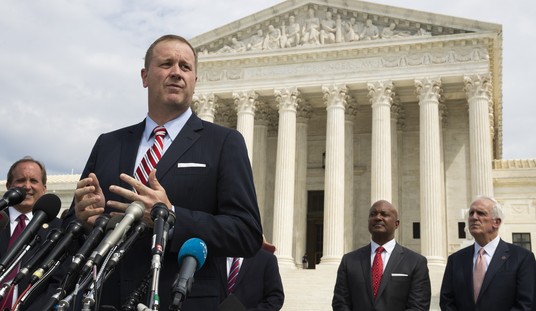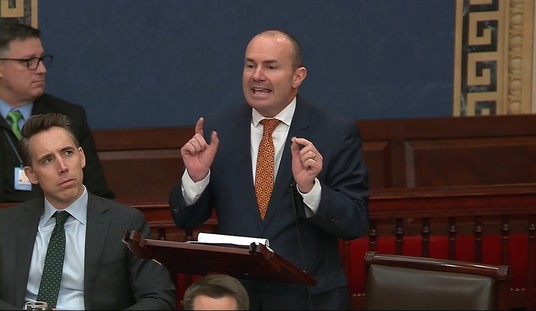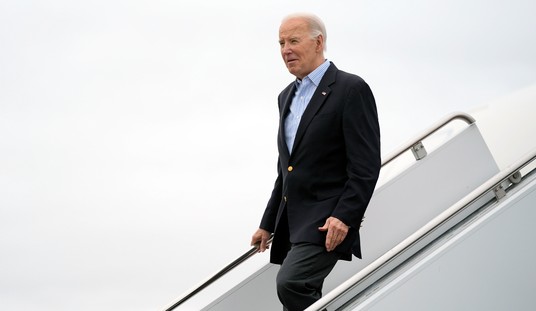While much of the national focus is fixed on the colossal failures of the Affordable Care Act, states are looking to set themselves apart from the dysfunction of the federal government and jumpstart their own economies. The “help” states receive from the federal government, from mandates on energy production to healthcare coverage, often kill jobs and make it more difficult for people and businesses to flourish.
States have had enough, and in 2013 alone, a remarkable 18 states voted to significantly cut taxes (contrast this to the federal government’s Affordable Care Act, which contains 20 new or higher taxes). We now see states moving in the exact opposite direction of Washington, instead choosing to free their citizens from many of the oppressive taxes that hamper economic growth. The American Legislative Exchange Council’s newest report “State Tax Cut Roundup” highlights the 18 states that chose to cut taxes in 2013.

Unlike the federal government, states actually have to balance their budgets and do so in a way that allows their economy to grow. Far and away, state level data show that reducing the tax burden is best way to achieve this goal. Perhaps the most telling comparison is to measure total economic growth in the 9 states that have no income tax versus the 9 states with the highest income taxes. Data from Rich States, Poor States, the ALEC-Laffer State Economic Competiveness Guide, shows that in the past ten years, the no-income tax-states have grown economically 40 percent faster than their high tax counterparts and have also seen 150 percent more population growth.
By no means is the connection between lower taxes and increased economic growth new. Taxes are a well-established drag on economic growth; so much so that the former head of President Obama’s Council of Economic Advisors, Christina Romer, and her husband, David Romer, reported as much in a 2010 report. Among other things, the report found that for every one percent increase in taxes, economic output would decline by 2 to 3 percent. The Obama Administration’s response to this was to increase taxes 20 times and nationalize one-sixth of the American economy with the healthcare takeover known (ironically at this point) as the Affordable Care Act.
Most people understand that extracting vast amounts of wealth away from people and businesses might not be a great idea if you want those businesses to grow. Whether it’s making small changes to reduce the tax burden or overhauling the state’s tax code, like North Carolina, 18 states received the message loud and clear and chose to act. States realize that in the real world, gridlock is a luxury they simply cannot afford.
Enacting tax reform to ensure citizens and businesses keep more of their own money is a natural way for states to grow their economies. In fact, with federal mandates in just about every area from labor to education to healthcare, tax codes are one public policy area where states can determine a path independent of Washington, D.C. Federalism is alive and well in state tax policy. People will eventually vote with their feet and move where there are jobs and opportunities. The data supports this conclusion with people flooding into states that have significantly lower tax burdens.
By rejecting tax increases and instead choosing more economic growth and more economic freedom, many states are able to offer the nation a choice in accepting one of two opposing visions. People and businesses can choose to go to Texas, Florida, or North Carolina (all states that cut taxes in 2013) or they can choose to stay with the model the federal government seems to be following. With over a third of states deciding to cut taxes this year, the other 32 would be wise to catch up.
Ben Wilterdink is a research analyst at the American Legislative Exchange Council’s Center for State Fiscal Reform.














Join the conversation as a VIP Member